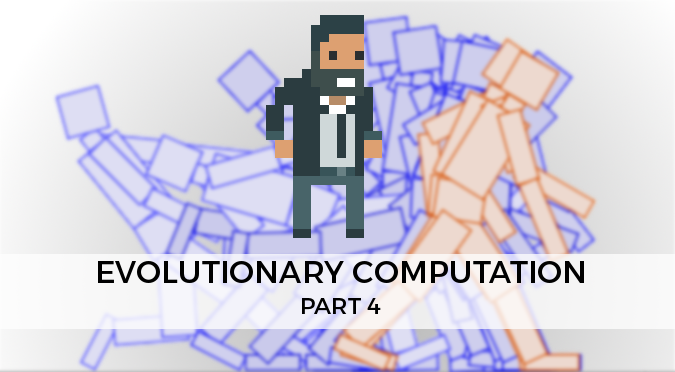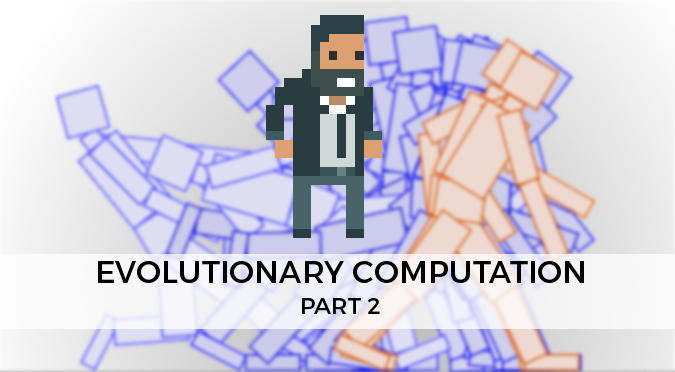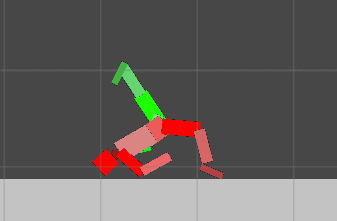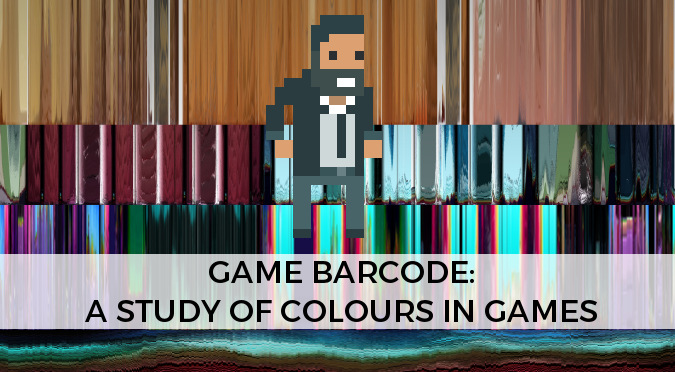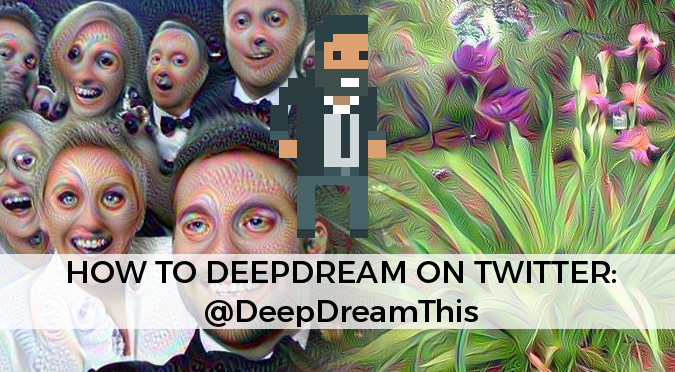In a previous post, I explained how I grabbed all the screenshots from #ScreenshotSaturday. If that was something relatively easy to implement, ordering them by colour is slightly trickier. The problem here is that there is no standard way to find the main colours in an image. Quite the opposite, different techniques will produce very different results. Long story short: this is not really a problem for programmers, and that’s why it may be more interesting to discuss about it.
Colour theory
Let’s say that we already have our screenshot. Now, we want to find its main colours. If you are familiar with Photoshop, a starting point is accessing the histogram which represents the distribution of colours. Peaks in the colour histograms can be associated with the main colours. Conrad Chavez wrote a very detailed post about it, if you are interested in this. The image below shows a level in 0RBITALIS which is predominantly blue and green; this can be seen directly from the colour histogram.
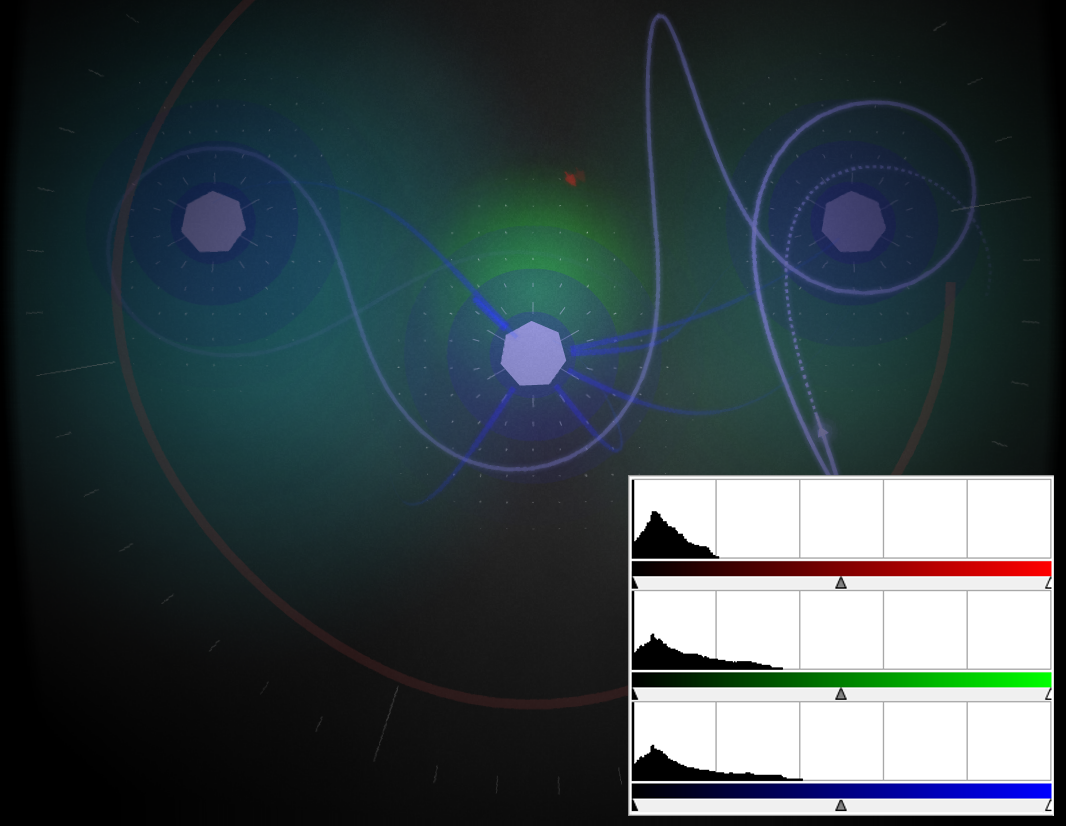 Continue reading →
Continue reading →


